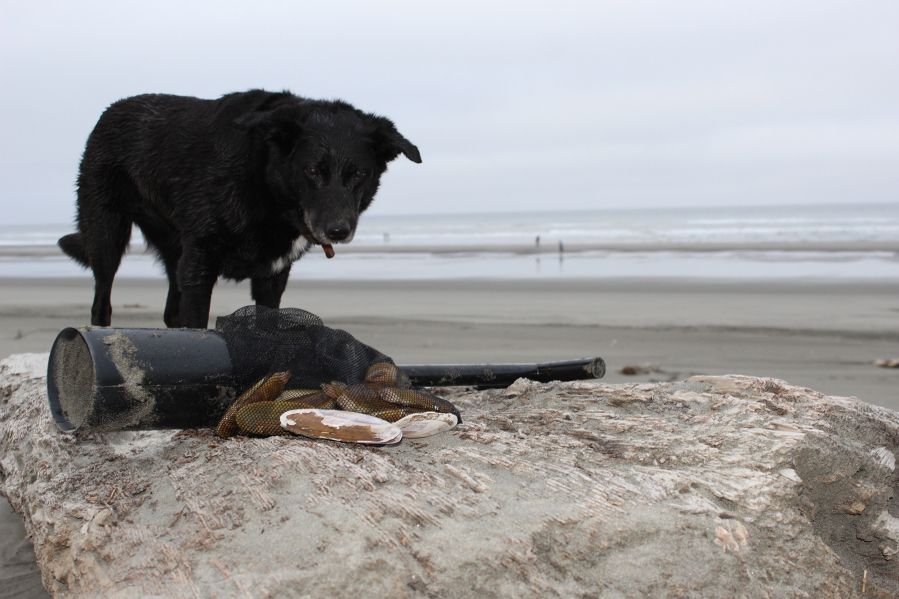Clam diggers have been graced with a very good razor clam season, and there are still good numbers of tentative dates coming up, including the popular spring tides that clammers like so well.
The tides, good weather, and soft surf on the weekend digs have combined with a very healthy population of good size clams, to produce one of the best years for clammers in a long time.
The next round of razor clam digs has been approved, and is slated to start on Monday, Feb. 14.
Last season was shut down early, in October of 2020, due to unsafe levels of domoic acid in the clams. Domoic acid causes Amnesiac Shellfish Poisoning, which can cause serious illness and death.



